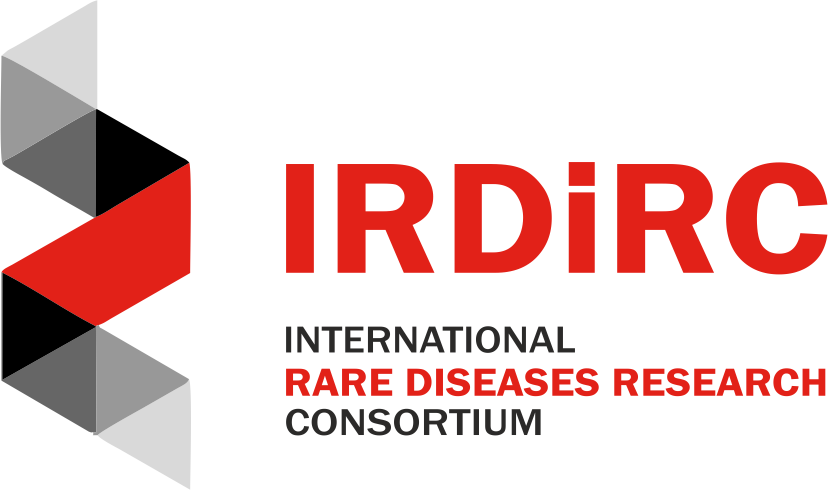Research into rare diseases is urgently needed as many patients still lack a proper diagnosis and most are left without effective treatment. The overarching goals of IRDiRC are to make possible the diagnostics of as many rare diseases as possible and to contribute to the development of 1,000 new rare diseases treatments by 2027.
IRDiRC monitors the progress towards these goals through the set of indicators presented below. Of course, this progress cannot solely be attributed to IRDiRC policies and activities as many factors play a role in these achievements with many stakeholders working on related issues.
Progress towards a diagnostic test for most rare diseases
The progress in this field involves identifying rare diseases and their causes, often genetic in origin, and then developing appropriate clinical tests. IRDiRC monitors (1) the number of new rare diseases identified since 2010 and (2) the number of genes identified as linked to rare diseases.
Number of new rare diseases extracted from the OrphaNews “New syndromes” section on a yearly basis. This section presents a list of peer-reviewed publications where the authors describe new candidate rare diseases.
Annual data extracted from the Orphanet database.
Progress towards 1000 new medicinal products by 2027
One of the IRDiRC goals is to contribute towards the development of 1,000 new therapies for rare diseases. IRDiRC monitors the cumulative number of medicinal products with an orphan designation and marketing approval for the treatment of rare diseases in the EU and/or USA.
The number is calculated from the information available on the EMA and FDA websites. The same medicinal product approved in both the EU and USA is only counted once. A same medicinal product is counted once for each indication it received a marketing approval. Any medicinal product losing orphan designation or marketing approval for an indication will be removed from the count.
Please find more information in the Orphanet Report Series “Lists of medicinal products for rare diseases in Europe”.

